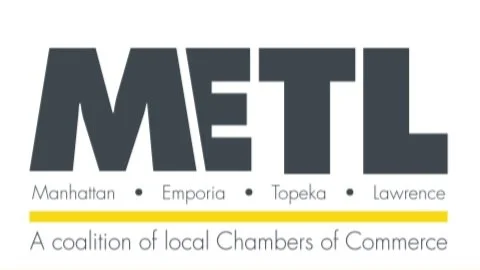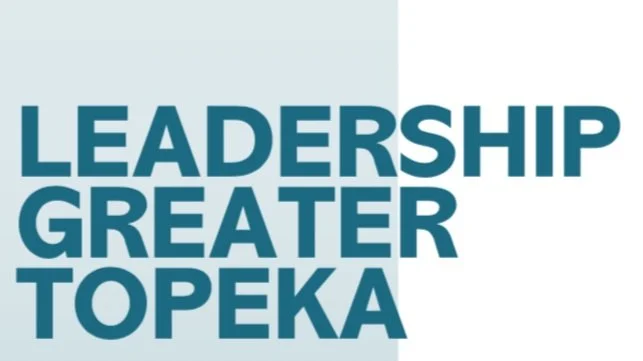Creating Problem-Solving Strategies For A Rapidly Changing World
By CONNOR ENGLAND & SJ HAZIM | Creative Pathways & Means
Automation. Supply chain shocks. Artificial intelligence. Globalization. The list goes on and on.
It’s true that things are always changing. Many note, however, that there’s something about this go-around that feels different. Something about the changes of the modern era feels less like a simple swapping of old tools for the “shiny-new-thing,” and more like a tectonic shift in the way that we approach work as a whole. The data and trends corroborate that this is indeed the case; equally worthy of note is that the pace of change will only continue to increase in the coming years. So, what are we to do?
It is in these times that people look to leaders for direction. Leaders who can navigate the new territory we are all being thrust into, and who can point their people towards safety and success, despite whatever changes may come. People who can solve new problems as they come; who can create opportunities where others only see challenges.
We believe that you (yes, you) are one such capable leader, and it is our hope that you will consider taking up the problem- solver’s call in this time of social and business need. If you’re already doing so, we commend you. If you’re not, and are on the fence, then we have a proposal for you.
Change the Tool
Let us propose to you that, with a simple shift in the way that you view and approach problems and change as a whole, you can make a world of difference in your workplace and your community. To make this shift, all you have to do is change the tool you’re using.
To navigate territory, there are two primary tools that we can use: maps and compasses. To know which one to use at any given moment, you must understand what type of territory you are currently in.
Maps are useful for when the territory is well understood; we use maps to travel from city to city by following predictable routes, and we use procedural maps inside of businesses like handbooks and standard operating procedures to produce products and services and sales outcomes in similarly predictable ways. Follow the map to “X marks the spot,” and treasure awaits you.
In territory where the landscape is unknown, however, no map is available to help you move forward. It is in these sorts of environments where compasses are the tool needed to move from space to space in useful and productive ways. To navigate today’s rapidly changing environment, we must learn to use compasses, not maps.
Why a Compass?
In a world filled with new problems and challenges resulting from the shifts of technology and beyond, we propose that a sound strategy for creative problem-solving may be one of the most useful compasses you can possess for coming up with solutions to the unknowns that your business and workforce will inevitably face in the years to come.
One such strategy for creative problem-solving is the six-step method used by Creative Pathways & Means (CPM) to help companies work through complex problems in predictable ways.
CREATIVE PATHWAYS & MEANS 6-STEP PROBLEM-SOLVING METHOD
➀ Properly Define the Problem
➁ Break Down Barriers to Generating Ideas
➂ Generate Solutions
➃ Decide the Course of Action ➄ Implement the Solution
➅ Evaluate the Solution
Each step, given appropriate time and consideration, allows for leaders to shine a light on various aspects of the problem that are unknown. It allows teams to break out of doubt and fear and move towards generating ideas and solutions which can make even the most seemingly insurmountable problems more manageable.
The utility of problem-solving methods can be illustrated by the following humorous example:
A boss and his employee are backpacking in Alaska when a grizzly bear starts to chase them from a distance. Both start running, but it’s clear that eventually the bear will catch up with them. The employee takes off his backpack, gets his running shoes out, and starts putting them on. His boss says, “You can’t outrun the bear, even in running shoes!” The employee replies, “I don’t need to outrun the bear; I only need to outrun you!”
Happy Navigating!
We encourage you to pick up a compass that works for you. If you are looking for a creative problem-solving playbook (on these six categories and beyond), you can explore various free resources on the topic by going to www.pathwaysmeans.com.





